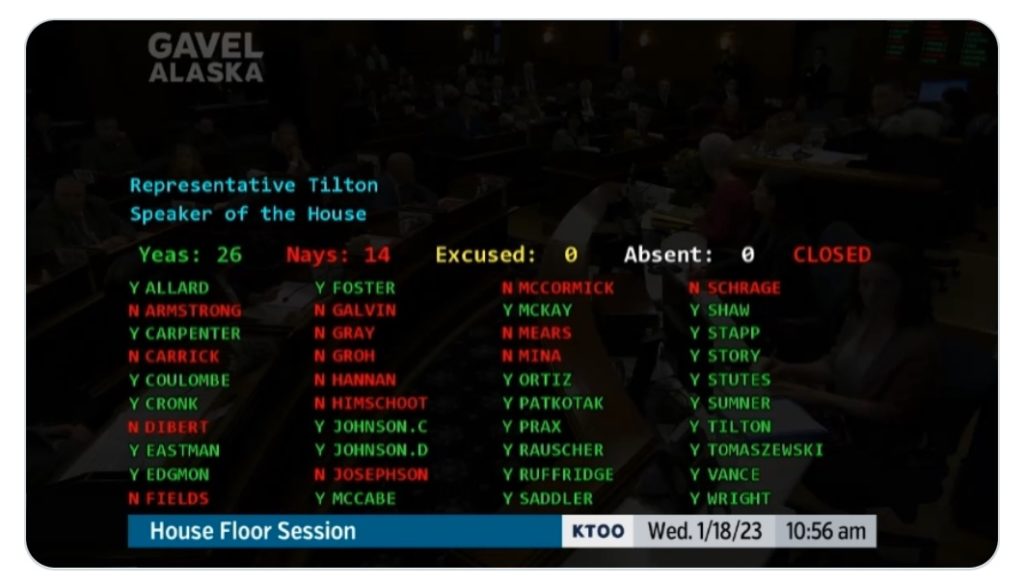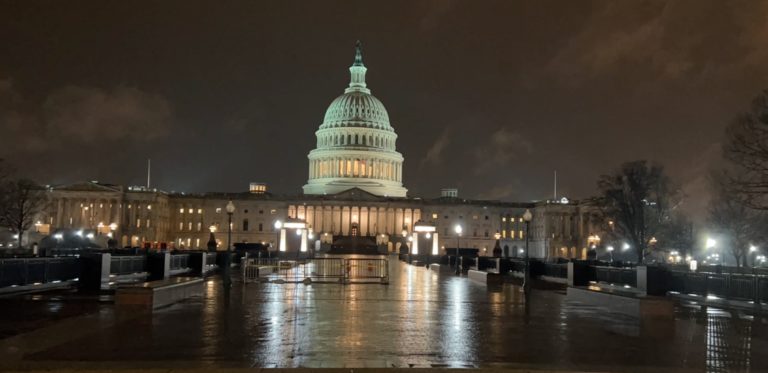By TIM BARTO
[The following contains very basic information regarding security clearances and classified information, all of which is open source material. Those of you who worked (or work) in the cleared world will find it rudimentary. That’s because it is intended for folks who have not been in that world but keep hearing about it on the news.]
Classified information has been in the news again, most recently regarding the discovery of classified documents in President Biden’s think tank closet and his garage. The story is, on so many angles, as fascinating as it is unbelievable. Well, it should be unbelievable that such things happen at the highest levels of government, but the past couple decades have taught us otherwise. A quick recap, shall we?
- March 2005 – Sandy Berger, former National Security Advisor to President Bill Clinton, pled guilty to removing classified documents from the National Archives and cutting them up.
- July 2016 – then FBI Director James Comey announced that 113 emails from Hillary Clinton’s personal email account contained classified information.
- August 2022 – a raid at former President Trump’s Mar-a-Lago residence turned up 103 classified documents. A search in December 2022 revealed two more classified documents in a storage facility with which the former president was affiliated.
- January 2023 – 10 classified documents were found at President Biden’s former office at the Penn Biden Center for Diplomacy and Global Engagement, and six more pages were then discovered in the garage of the president’s private home.
These instances are alarming, especially considering that no prison sentences have resulted. These people held positions of trust at the very highest levels of our government. Sandy Berger was the only one to ‘fess up, for which he was fined $50,000, spent two years on probation, performed 100 hours of community service, and had his security clearance suspended for three years.
The arrogance or ignorance, or perhaps a combination of the two, of those involved is particularly galling … but not quite as galling as listening to reporters botch the nomenclature of classified documents and security clearance levels.
Granted, most reporters haven’t worked in jobs where they accessed classified documents but somebody in their newsrooms had to have spent time in the military or worked for a government contractor. And to be fair, it doesn’t just happen in news circles. Movies and television do a pretty fair job of butchering the nomenclature.
So let’s set the basic groundwork, if for no reason other than allowing this writer to get it out of his system:
There are three levels of security clearances in the national security realm, in order from lowest to highest: Confidential, Secret, and Top Secret.
Now, there are also Sensitive Compartmented Information accesses, and Department of Energy L and Q clearances, but going into that will just muddy the waters, so let’s save that for another time. For now, we will stick with Confidential, Secret, and Top Secret.
The three levels are defined by the nature of damage to national security that unauthorized disclosure could cause, and the definitions are quite basic.
The unauthorized disclosure of Confidential information could reasonably be expected to cause damage to the national security; for Secret information the phrase is serious damage; and for Top Secret, the wording is exceptionally grave damage.
All of which brings to mind that courtroom scene in “A Few Good Men” when Tom Cruise’s character asks Colonel Jessup (Jack Nicholson) if he felt Private Santiago’s life was in grave danger, to which Jessup replied, “Is there another kind?” (That was the best courtroom drama in American cinema.)
When you hear a reporter say the information was “top security” or “a confidential clearance at the highest level,” or if you hear a movie character announce that they have a “security clearance above top secret,” you will know better, and you can rightfully yell at the television set or movie screen.
Tim Barto is a retired personnel security investigator for the Defense Counterintelligence & Security Agency, and held the highest security clearance (but not above Top Secret) while serving with Naval Intelligence.









